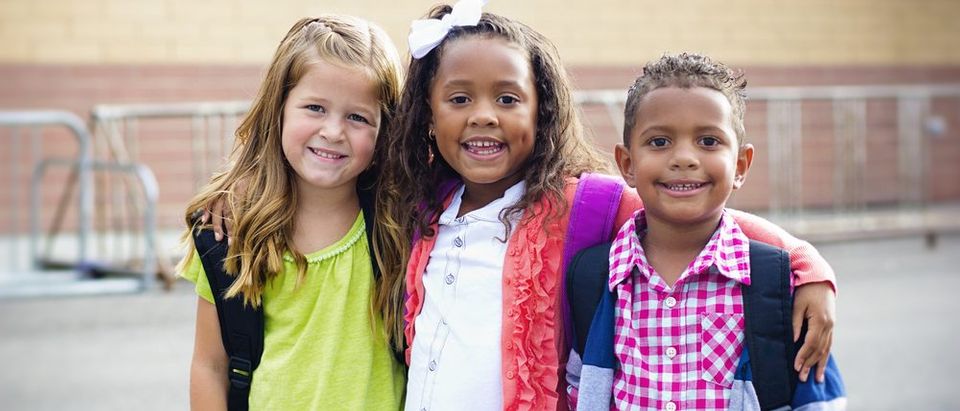America’s demographics are changing rapidly and no where reflects that as much as the country’s schools.
The younger the set of the United States population, the more likely minorities make up a larger number. Currently, the five and under age group in the U.S is majority-minority and recent census data shows the most common age for Hispanics is 47 years younger than it is for whites.
A look at America’s three largest states shows the differences in classroom demographics.
In the 1995-1996 California school year, whites made up 40.42 percent of students and Hispanics trailed with 38.74 percent of the student population. Fast forward 20 years and Hispanics make up 53.97 percent of California’s student population, and whites represent just 24.10 percent.
The demographic shift seen in California public schools was even more significant in Texas. In the 1994-1995 school year, Hispanics made up 36.1 percent of students statewide, and another 46.9 percent were white.
Twenty years later, Texas public school students are 29 percent white and 52 percent Hispanic. Texas, as a whole, is 38.8 percent Hispanic and 43.0 percent white.
New York Department of Education figures show that between the school year ending in 2000 and 2014, public schools statewide got 9.2 percent less white, and 6.7 percent more Hispanic. The state during this same time period became just 5.4 percent less white, and 3.7 percent more Hispanic.
In all three of these states, the proportion of black students remained relatively consistent. For the first time ever in 2014, minority babies outnumber white ones so the American school children population will continue to get less white.












